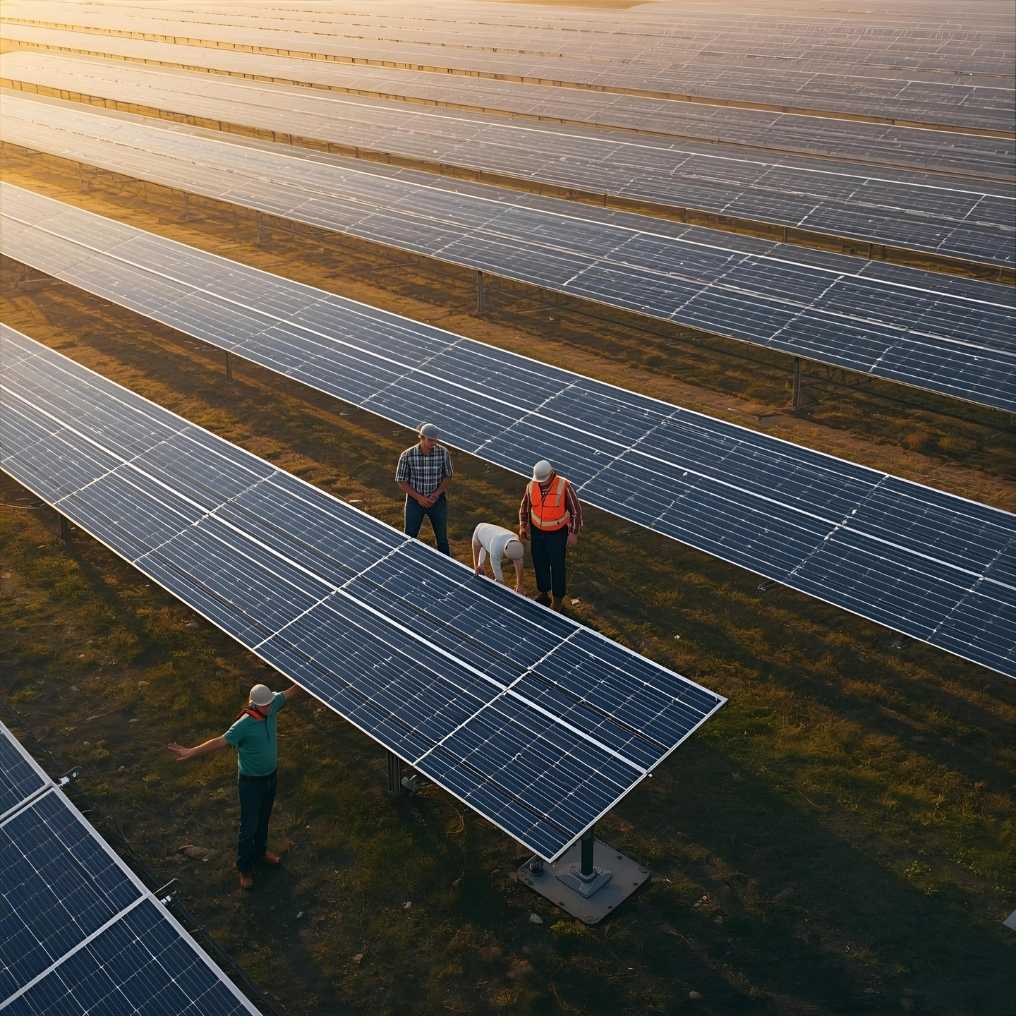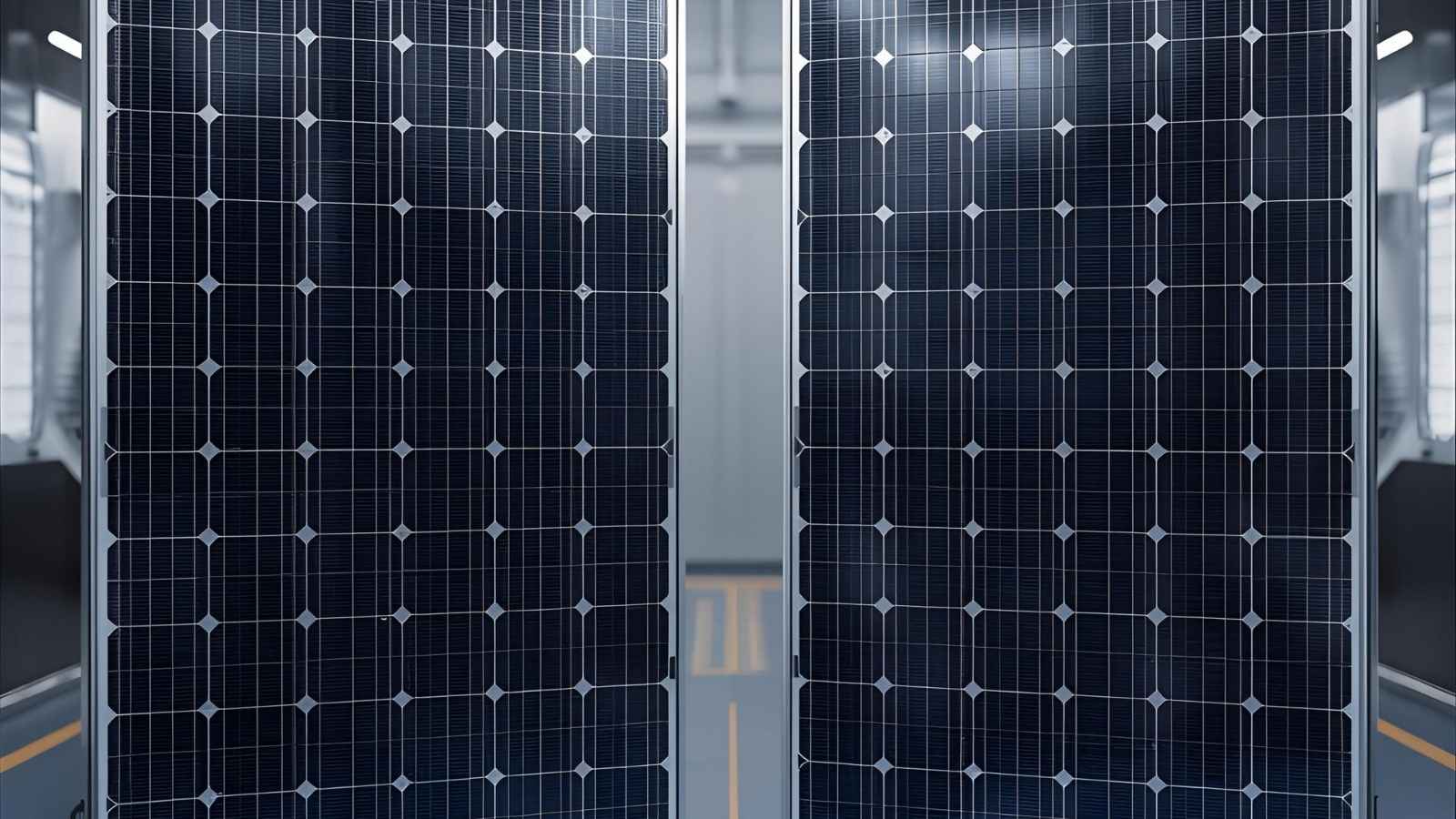
Unlock the Power of Solar Energy
Unbiased analysis and deep-dive reviews from a Solar Energy Researcher, providing you with data-driven system comparisons and future-proof energy solutions.
The Researcher’s Guide to Smart Solar
Dedicated to empowering homeowners and business owners with data-driven research and detailed information. We provide unbiased guides, in-depth reviews, and installation tips to ensure you make the most informed decision for a profitable and greener future.

Blog
Discover a wealth of articles, expert tips, and resources designed to simplify your journey into solar energy.
-

Ground-Mounted vs. Rooftop Solar: Which Installation Type Is Better for You?
When you decide to invest in solar energy, the first image that…
-

Bifacial Solar Panels Explained: How They Work and If They’re Worth It
The solar industry is in a constant state of innovation, with engineers…
-

N-Type vs. P-Type Solar Panels: A Technical Breakdown for Homeowners
For decades, homeowners choosing solar panels focused on wattage, brand, and cost.…
Our goal is to ensure you make the right choice with our unbiased, reliable guides and reviews.
Solar Panel Basics
Understand the foundational elements of solar panel systems.
Solar System Installation
Learn about the process and benefits of professional installation.

Complete Guides
Make the right decision with complete and unbiased Guides.

Energy Savings Tips
To maximize your solar energy savings, follow our impartial recommended strategies.
Frequently Asked Questions(FAQ)
The 4 most frequently asked questions by our users.
What Defines a Solar Panel as “High-Efficiency”?
A panel is considered high-efficiency if it converts over 20% of captured sunlight into usable electricity, maximizing power from limited roof space.
What is the Core Difference Between a Battery’s Capacity and its Power Output?
Capacity (kWh) defines how much energy a battery stores (size of the tank), while Power Output (kW) defines how fast it can deliver that energy (rate of flow).
What is the Typical Payback Period for a Residential Solar System?
The average return on investment (ROI) typically ranges from 5 to 10 years, heavily dependent on local utility rates and available incentives.
Why is Lithium Iron Phosphate the Preferred Chemistry for Home Solar Batteries?
LFP is preferred because it offers superior safety (lower thermal runaway risk) and a significantly longer lifespan (more charge cycles) compared to older chemistries.



